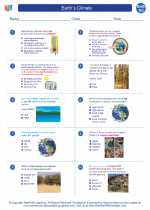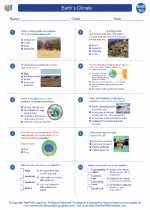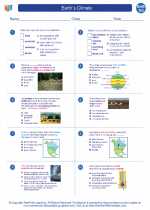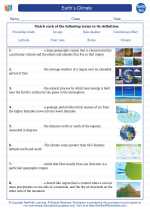Snow
Snow is a form of precipitation in the form of crystalline water ice, consisting of a multitude of snowflakes that fall from clouds. It is a common meteorological phenomenon and primarily occurs in regions where the temperature is below the freezing point of water.
Formation of Snow
Snow forms when water vapor in the atmosphere condenses directly into ice without first becoming a liquid, a process called deposition. The resulting ice crystals then grow and combine to form snowflakes, which can have a variety of intricate shapes depending on the temperature and humidity conditions as they form in the atmosphere.
Types of Snow
There are several types of snow based on its physical characteristics, including powder snow, packed snow, wet snow, and granular snow. The type of snow can significantly impact activities such as skiing, snowboarding, and snowmobiling.
Impact of Snow
Snow has both positive and negative impacts. It provides essential water resources when it melts, contributing to the water supply for agriculture and drinking. However, heavy snowfall can lead to transportation disruptions, power outages, and hazardous travel conditions, while excessive snowmelt can result in flooding.
Study Guide Questions
- What is snow and how does it form?
- Describe the different types of snow.
- Discuss the impact of snow on the environment and human activities.
Key Terms
- Snowflake
- Deposition
- Powder snow
- Wet snow
- Snowmelt
[Snow] Related Worksheets and Study Guides:
.◂Earth Science Worksheets and Study Guides High School. Earth`s Climate

 Worksheet/Answer key
Worksheet/Answer key
 Worksheet/Answer key
Worksheet/Answer key
 Vocabulary/Answer key
Vocabulary/Answer key
 Vocabulary/Answer key
Vocabulary/Answer key
 Vocabulary/Answer key
Vocabulary/Answer key
